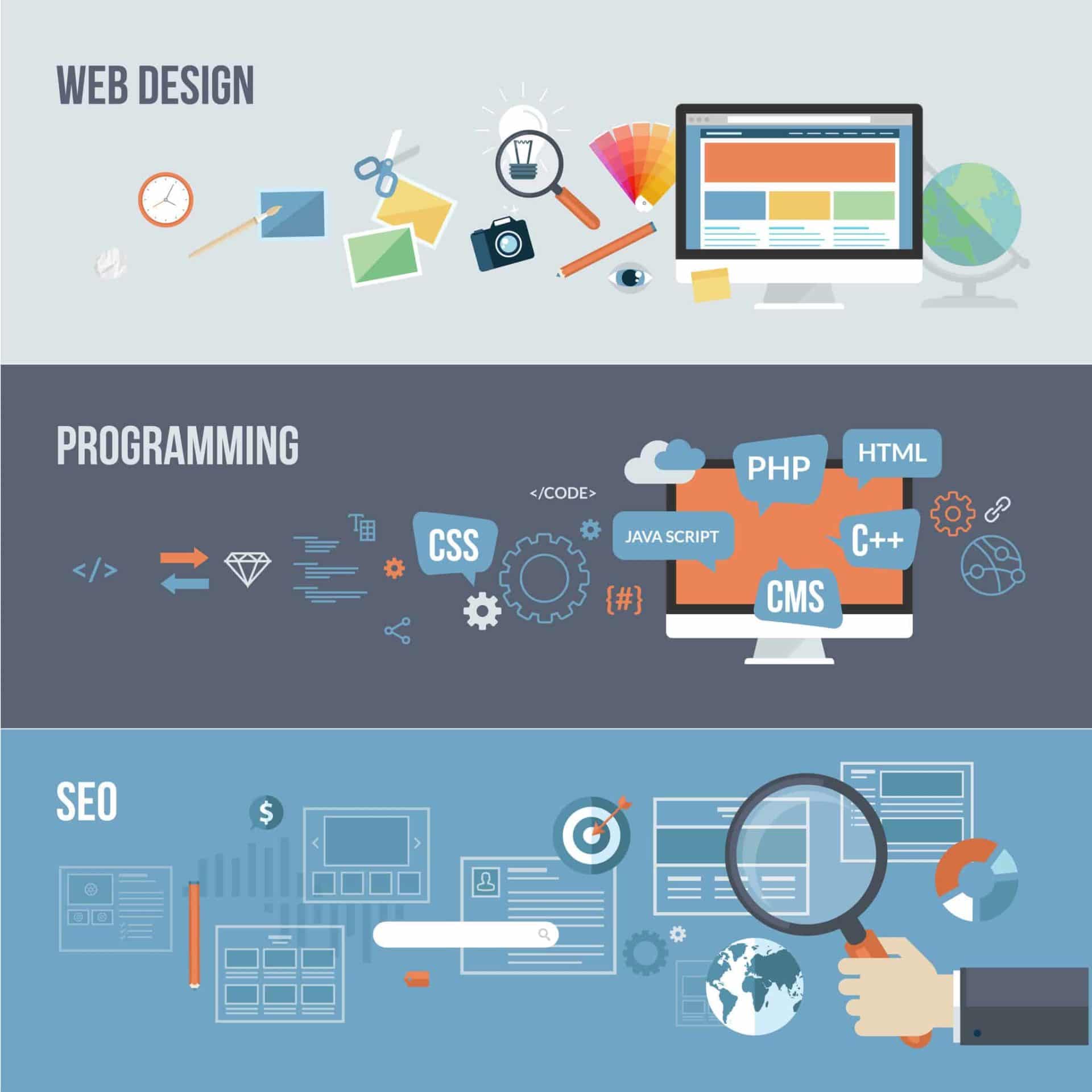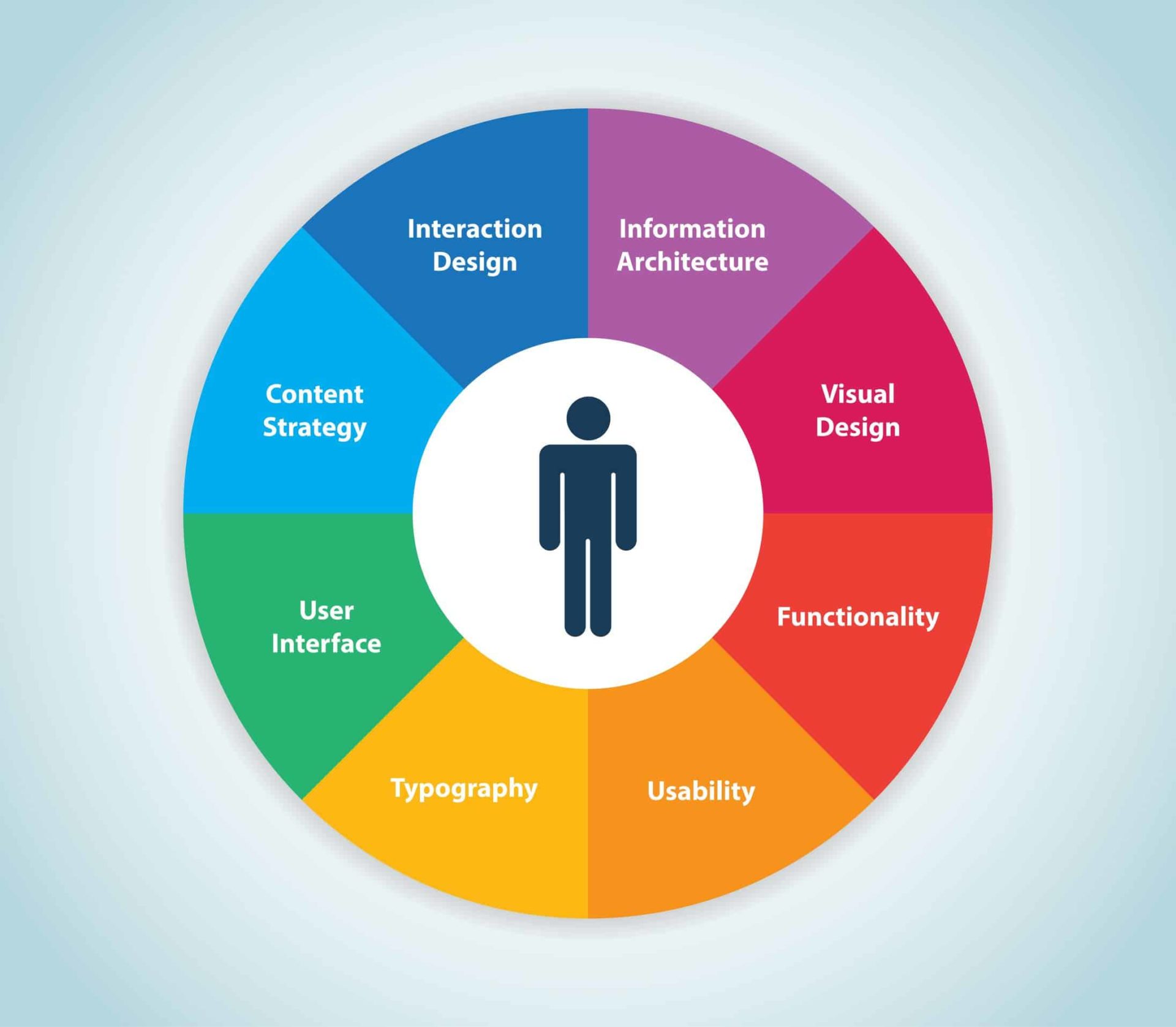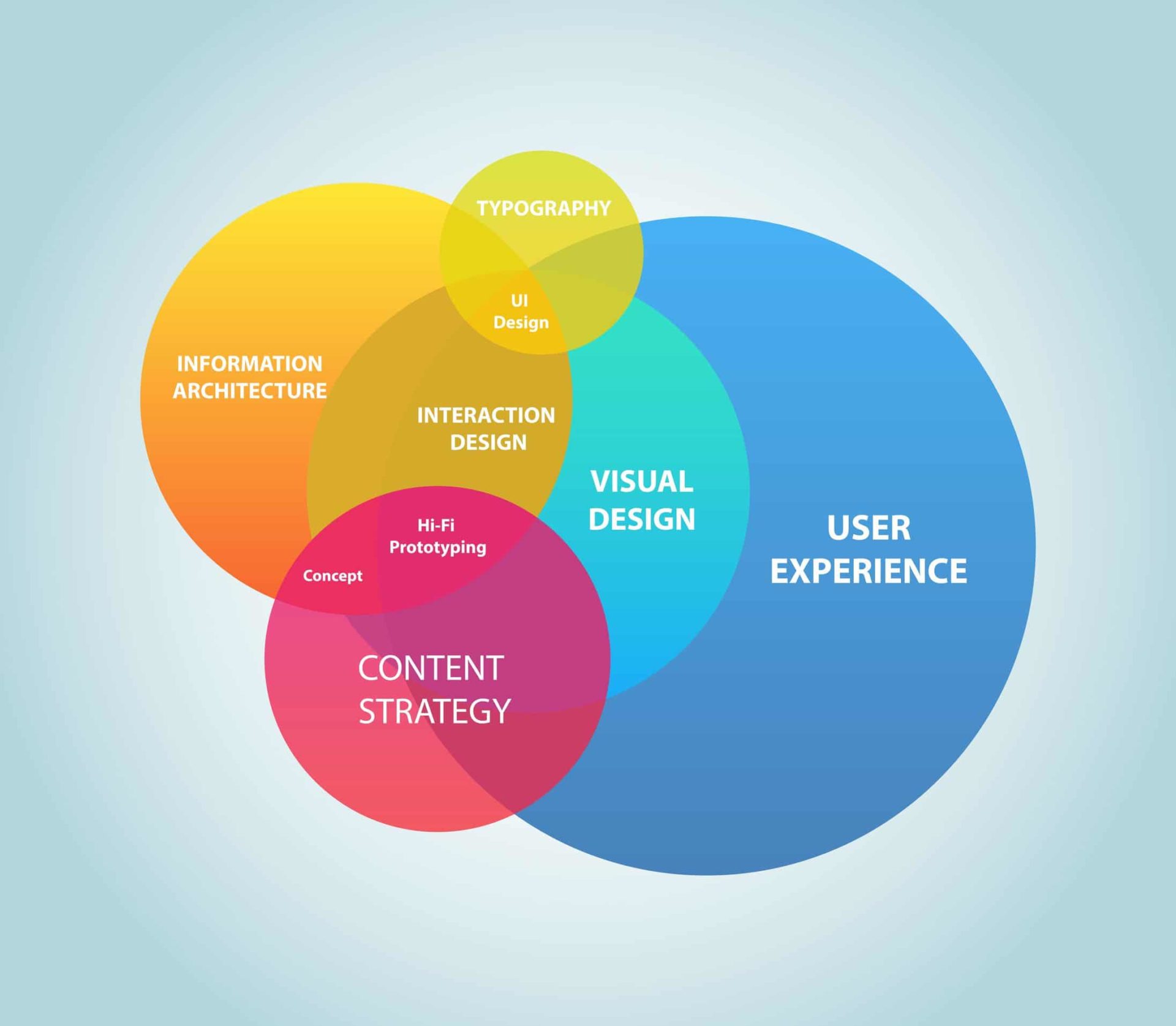
When it comes to search engine optimization, the only thing that remains constant is change.
Google and other search engines are constantly updating their algorithms and working to improve their performance, resulting in dramatic upheavals in SEO. While Google algorithms have been evolving – and will continue to evolve indefinitely – the search engine has made it plain that the goal of this constant change is to create the best possible user experience.
So if you want your business’s SEO strategy to keep up with the constantly metamorphosing Google algorithms, that’s where you need to put your focus, too. By making user experience your ultimate goal – rather than working to meet some recommended keyword density or link building quota – your SEO strategy is more likely to keep your page ranking higher not just today, but over the long haul.
Why Google Cares about User Experience

Why is user experience so important to Google and other search engines? To put it simply, search engines benefit and grow when its users are happy. If users are dissatisfied or uninterested in the sites a search engine takes them to, they are likely to switch to another search engine.
Take Google for example. Google has reigned as the world’s most popular and trusted search engine for years. Whether you are looking up a fact, searching for a dentist in your area, or hunting down a review for a movie, you likely choose Google over other options such as Ask Jeeves and Yahoo because you can count on Google to deliver consistently relevant and reliable results.
Google manages to soar ahead of other search engines by taking its users directly to the best sites. These are the sites with the most actionable information, the highest quality content, and the easiest to navigate—essentially, the sites that offer the best user experience.
What Is a Good User Experience?

Let’s take a closer look at the kind of sites that offer the best user experience. While every site design is unique depending on its purpose, function, and target audience, the most user-friendly sites typically share the following traits:
Navigability.
To provide users with the best experience, sites must be easy to operate, understand, and explore. If your site is clunky and confusing, users are more likely to click to another rather than struggle to figure out a tricky navigation bar or puzzling layout.
If you want to attract visitors to your site, keep them engaged, and ultimately drive them to make a purchase, you must make it easy for them to get to that point.
Accessibility.
Similarly, a user-friendly site should have a professional design and be useable from mobile phones and all of the major browsers, including Chrome, Firefox, and Safari.
When a portion of your target audience can’t access your site, that is a surefire way to lose business. Your users will be using mobile phones, tablets, and desktop browsers of all kinds, and your site should be quickly and smoothly accessible from all of them.
Relevant.
To create a user friendly experience, a site must offer users information that is useful, credible, and relevant. The best sites feature high quality content in the form of copy, graphics, and videos.
Your users aren’t going to be impressed with generic content crammed with awkward keywords and unrelated links—they want information that is engaging and applicable to their search.
How Do Search Engines Identify a Site With a Good User Experience?

Search engines are smart. They may not be able to understand a compelling piece of content or engaging image the way we can, but they can gauge how users interact with webpages.
To measure the user experience of a site, search engines may look at the number of users who actually click on a listing, as well as how long they spend on that site before clicking the back button. If users do not click your site when it appears for a search, or if they click through but then leave after just a few seconds, this tells the search engine that your site is not as relevant as others.
Alternatively, if users identify and click on your site even if it is not the highest result on a search listing, and if they continue to interact and click through to other pages on your site, this demonstrates to search engines that you were able to provide users with the answer they wanted.
Another indication of a site’s quality of user experience is the number of times it is linked to by another. Quality sites tend to win more backlinks than sites with irrelevant information and poor user experience. When other sites pay attention to your content and link to your pages, search engine algorithms interpret this as evidence that you likely offer a good user experience.
However, while backlinks are important and serve as “votes” for your site, manually generating backlinks should not be your main focus. If you prioritize user experience, your site is likely to gain a higher number of backlinks and social media shares naturally.
Ways to Improve User Experience

So how do you go about improving the user experience of your website? Below, we’ve listed fundamental steps for improving your site’s user experience, and thus its SEO.
-
Create Great Content.
You may have heard this piece of advice many times before—there’s a reason for that. Quality content is the backbone of a good user experience and essential to SEO.
When users click through to your site from a search engine listing, they do so for a reason, whether that is to answer a question, find information, locate a place, or make a purchase. To captivate your users and improve SEO, you need to ensure you meet the intent of their searches.
To address their queries, you need to offer engaging content, quality graphics, and memorable videos on your site. You want your content to be “sticky,” encouraging users to explore other resources available there, and also shareable, enabling them to easily spread the word on social media.
-
Make the Site Easy to Navigate.
Sitemaps are indispensable when it comes to crafting an effective website—both on the user experience and SEO side of things. Your sitemap will play a major role in determining how user-friendly your site is by making it easy to navigate and explore.
Ideally, your site visitors should be able to navigate to any page in less than four clicks. In terms of search engine optimization, a sitemap helps search engines understand how your site is organized and make it easier for web crawlers like Googlebot to crawl through.
-
Create a Responsive Design.
As mentioned before, your website should be accessible on all modern browsers. But perhaps even more importantly, your site should be easy to use on all major mobile devices.
Mobile phones are rapidly becoming the most popular devices to conduct searches on. In fact, as of May 2015, Google stated, “More Google searches take place on mobile devices than on computers in 10 countries including the US and Japan.”
Search engines will look at the mobile-friendliness of your site to determine the quality of user experience, which means the consequence for having an unfriendly site can mean lower rankings and a huge dip in profits.
It’s so important that Google recently released an algorithm, nicknamed Mobilegeddon, entirely focused on rewarding mobile-friendly sites. To determine whether your site is friendly for users, you can run tests such as Google’s Mobile-Friendly Test and Developer Page Speed Insights Tool. These tests will provide you with aspects of your site to focus on and improve.
-
Improve Site Speed
A slow site will deter users, making them unlikely to spend time on your site or make a purchase, and more likely to simply click away. Google will interpret the high bounce rate as evidence of a poor user experience, and your rankings will inevitably suffer.
There are many ways you can increase the speed of your site, from choosing the right server to host it to introducing a content delivery network. If you are a smaller business and unfamiliar with web design, you may want to seek assistance from an experienced developer.
The Bottom Line
Instead of focusing your efforts on SEO, your primary concern should be to improve the user experience of your site, and your site will be better optimized for search engines naturally as a result.
Above all, your goal should be to engage, inform, and aid your users in their searches through memorable content, clean navigation, responsive design, and a speedy load time. When you accomplish this goal, your reward will be a satisfied, loyal, and converted audience and the high search engine rankings that will inevitably follow.
If you are seeking to enhance the experience of users who visit your site, we encourage you to reach out to us at White Rabbit. Our team is comprised of top web developers, highly trained designers, and exceptionally talented writers. We can provide you with the tools you need to enhance your user experience and send your site soaring to the top of search engine listings.
When you’re ready to get the ball rolling, give us a call of fill out our online form—we can’t wait to get started.




